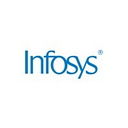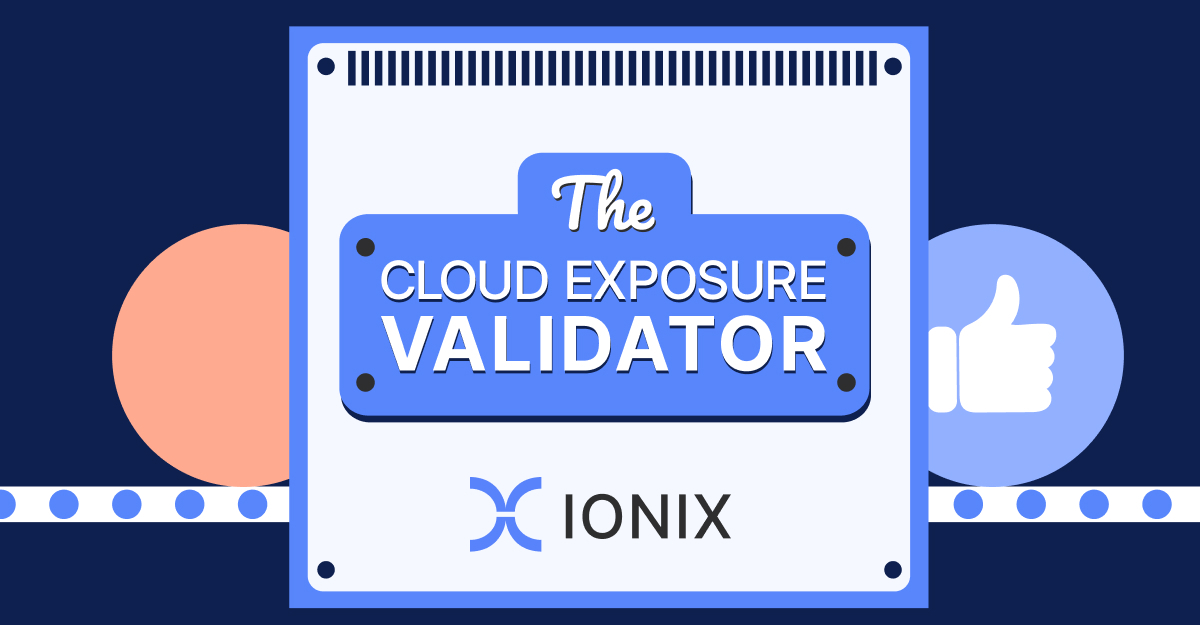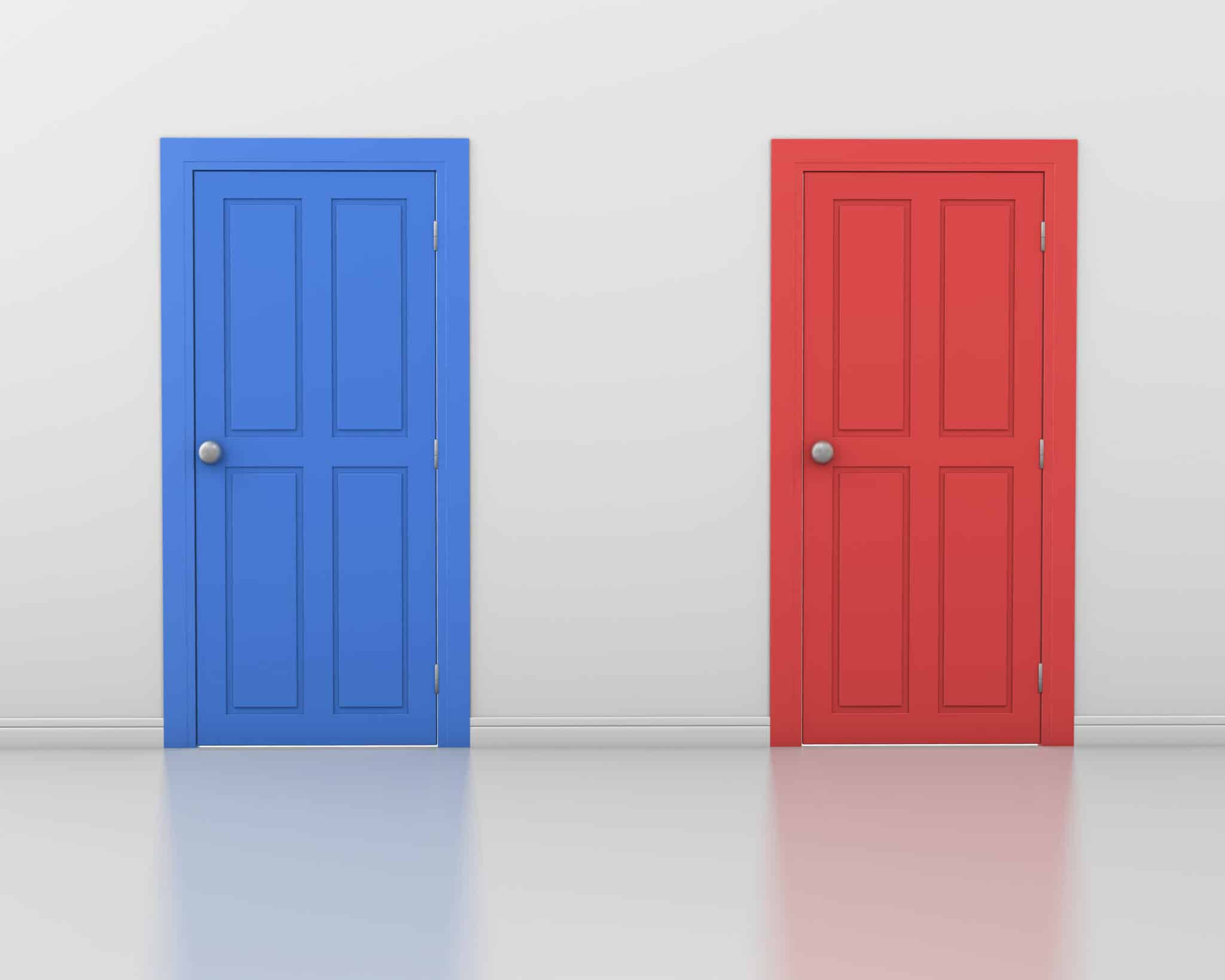Frequently Asked Questions
Product Information
What is IONIX and what does it do?
IONIX is an External Exposure Management platform designed to identify exposed assets and validate exploitable vulnerabilities from an attacker's perspective. It enables security teams to prioritize critical remediation activities by cutting through the flood of alerts. Key features include complete attack surface visibility, identification of potential exposed assets, validation of exposed assets at risk, and prioritization of issues by severity and context. Learn more.
What products and services does IONIX offer?
IONIX specializes in cybersecurity solutions, primarily offering a platform for attack surface risk management. Core features include Attack Surface Discovery, Risk Assessment, Risk Prioritization, and Risk Remediation. The platform helps organizations discover all relevant assets, monitor their changing attack surface, and ensure more assets are covered with less noise. Explore the platform.
What is the difference between Attack Surface Management (ASM) and Vulnerability Management (VM)?
ASM and VM differ primarily in scope. ASM assumes an organization has unknown assets and begins with discovery, providing a holistic, proactive view of all assets and their interconnections. VM focuses on managing vulnerabilities in known assets, typically without considering how assets are connected or the broader attack surface. ASM is proactive and comprehensive, while VM is reactive and asset-specific. Read more.
How do ASM and VM complement each other?
ASM and VM are stronger together. ASM discovers unknown assets and provides a holistic view, while VM manages vulnerabilities in known assets. Using both approaches helps organizations protect against both unknown and known vulnerabilities, ensuring comprehensive security coverage. Learn more.
Features & Capabilities
What are the key features and capabilities of IONIX?
IONIX offers complete external web footprint discovery, proactive security management, real attack surface visibility, and continuous discovery and inventory. The platform uses ML-based 'Connective Intelligence' to find more assets with fewer false positives, provides Threat Exposure Radar for prioritizing critical issues, and automatically maps attack surfaces and digital supply chains. Streamlined remediation is supported with actionable insights and integrations for ticketing, SIEM, and SOAR solutions. See full feature list.
What integrations does IONIX support?
IONIX integrates with tools such as Jira, ServiceNow, Slack, Splunk, Microsoft Sentinel, Palo Alto Cortex/Demisto, and AWS services including AWS Control Tower, AWS PrivateLink, and pre-trained Amazon SageMaker Models. For a full list, visit IONIX Integrations.
Does IONIX offer an API?
Yes, IONIX provides an API that supports integrations with major platforms like Jira, ServiceNow, Splunk, Cortex XSOAR, and more. Learn more.
What security and compliance certifications does IONIX have?
IONIX is SOC2 compliant and supports companies with their NIS-2 and DORA compliance, ensuring robust security measures and regulatory alignment.
Where can I find technical documentation for IONIX?
Technical documentation, guides, datasheets, and case studies are available on the IONIX resources page. Access resources.
Use Cases & Benefits
Who can benefit from using IONIX?
IONIX is designed for Information Security and Cybersecurity VPs, C-level executives, IT managers, and security managers. It is suitable for organizations across industries, including Fortune 500 companies. See customer stories.
What industries are represented in IONIX case studies?
IONIX case studies cover industries such as Insurance and Financial Services, Energy, Critical Infrastructure, IT and Technology, and Healthcare. View case studies.
Can you share specific customer success stories?
Yes. For example, E.ON used IONIX to continuously discover and inventory their internet-facing assets and external connections, improving risk management (read more). Warner Music Group boosted operational efficiency and aligned security operations with business goals (learn more). Grand Canyon Education enhanced security by proactively discovering and remediating vulnerabilities (details).
What business impact can customers expect from using IONIX?
Customers can expect improved risk management, operational efficiency, cost savings, and enhanced security posture. IONIX helps visualize and prioritize hundreds of attack surface threats, streamlines security operations with actionable insights, reduces mean time to resolution (MTTR), and protects brand reputation and customer trust. Read more.
Pain Points & Solutions
What problems does IONIX solve?
IONIX addresses challenges such as shadow IT, unauthorized projects, and unmanaged assets resulting from cloud migrations, mergers, and digital transformation. It provides proactive security management, real attack surface visibility, and continuous discovery and inventory to ensure vulnerabilities are identified and mitigated in dynamic IT environments.
How does IONIX solve these pain points?
IONIX helps organizations identify their entire external web footprint, including shadow IT and unauthorized projects, improving risk management. It proactively identifies and mitigates threats before escalation, provides attacker-perspective visibility for better risk prioritization, and continuously tracks internet-facing assets and dependencies to maintain an up-to-date inventory. See customer reviews.
What KPIs and metrics are associated with the pain points IONIX solves?
Key KPIs include completeness of attack surface visibility, identification of shadow IT and unauthorized projects, remediation time targets, effectiveness of surveillance and monitoring, severity ratings for vulnerabilities, risk prioritization effectiveness, completeness of asset inventory, and frequency of updates to asset dependencies.
Competition & Comparison
How does IONIX differ from similar products in the market?
IONIX stands out for its ML-based 'Connective Intelligence' that discovers more assets with fewer false positives, Threat Exposure Radar for prioritizing critical issues, and comprehensive digital supply chain coverage. Unlike alternatives, IONIX reduces noise, validates risks, and provides actionable insights, ensuring maximum risk reduction and operational efficiency. Learn more.
Why should a customer choose IONIX over alternatives?
Customers should choose IONIX for better discovery, focused threat exposure, comprehensive digital supply chain coverage, and streamlined remediation. IONIX's ML-based approach finds more assets with fewer false positives, prioritizes urgent issues, and offers simple action items for IT personnel, with off-the-shelf integrations for ticketing, SIEM, and SOAR solutions. See why customers choose IONIX.
Technical Requirements & Implementation
How long does it take to implement IONIX and how easy is it to start?
Getting started with IONIX is simple and efficient. Initial deployment takes about a week and requires only one person to implement and scan the entire network. Customers have access to onboarding resources like guides, tutorials, webinars, and a dedicated Technical Support Team. Learn more.
What training and technical support is available for IONIX customers?
IONIX offers streamlined onboarding resources such as guides, tutorials, webinars, and a dedicated Technical Support Team to assist customers during implementation. More details.
What customer service or support is available after purchasing IONIX?
IONIX provides technical support and maintenance services during the subscription term, including troubleshooting, upgrades, and maintenance. Customers are assigned a dedicated account manager and benefit from regular review meetings to address issues and ensure smooth operation. See terms.
Performance & Recognition
How is IONIX rated for product performance and innovation?
IONIX earned top ratings for product innovation, security, functionality, and usability. It was named a leader in the Innovation and Product categories of the ASM Leadership Compass for completeness of product vision and a customer-oriented, cutting-edge approach to ASM. See details.
What feedback have customers given about IONIX's ease of use?
Customers have rated IONIX as generally user-friendly and appreciate having a dedicated account manager for smooth communication and support.
Blog & Learning Resources
Does IONIX have a blog?
Yes, IONIX's blog covers cybersecurity topics, risk management, vulnerability management, and continuous threat exposure management. Read the blog.
What kind of content is available on the IONIX blog?
The IONIX blog provides insights on exposure management, vulnerability management, industry trends, and best practices. Key authors include Amit Sheps and Fara Hain. Explore the blog.
Customer Proof
Who are some of IONIX's customers?
IONIX's customers include Infosys, Warner Music Group, The Telegraph, E.ON, Grand Canyon Education, and a Fortune 500 Insurance Company. See more.

infosys.com

warnermusicgroup.com

telegraph.co.uk

eon.com

gce.com
Objections & Adoption
How does IONIX address value objections?
IONIX demonstrates value by showcasing immediate time-to-value with no impact on technical staffing, providing personalized demos, and sharing real-world case studies that demonstrate measurable outcomes and efficiencies.
How does IONIX address timing objections?
IONIX offers flexible implementation timelines, a dedicated support team to streamline the process, seamless integration capabilities for quick setup, and emphasizes long-term benefits and efficiencies gained by starting sooner.













